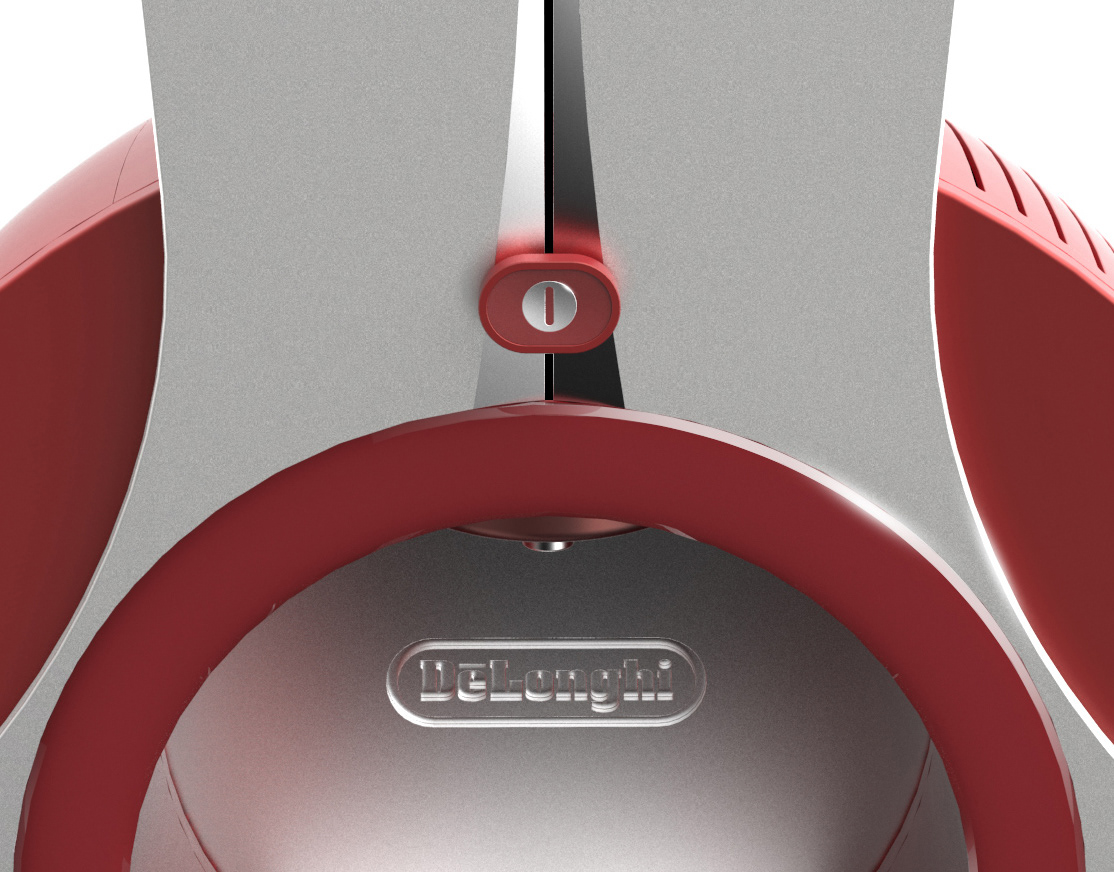Context
Cooprap is a cooperative formed by descendants of enslaved people in Bahia State. They live from selling handcrafted products made out of Piaçava fiber; this material comes from a palm and has been used for generations to making brooms in Brazil. The cooperative was losing space in the market for other brands that could rely on industrial production. Important to mention is that their production reached many different areas from Brazil. With investments from the Odebrecht Institute we employed design thinking human centred design approach to find out how we could deliver relevant solutions that would take into consideration their way and means of life and production, plus the new machinery derived from the investment (silk screen printing, complementary recycled plastic injection moulds, new workbenches).
Product, communication and branding, and branding fronts were mobilised for this project.
The briefing included to strengthen the ecological potential of the cooperative and the wish to reach also higher social layers as target groups.
How might we help a community of to keep on making their livelihood from their own work, when their product became an widespread commodity ?
Team:
J. Gostkorzewicz (design director); D. Costa, E. Leichner, E. Conceição, I. Lavigne (designers); A. Calderoni (communication and branding) - MODO for COOPRAP; Brazil, 2009, (4 weeks).
My role:
Team lead, Design Thinking, Product Research, Strategy, Concept development
Research
Human centred organising question:
What is the reality of the community, how they work, what's their expertise, what they hope for?
Branding's organising question:
What is the essence of COOPRAP's brand and how it should be positioned in the market?
Methodology:
Human centred design approach + Brand communication approach
Research strategies
Ethnographic observation in the community and interviews (Think out loud)
User interviews (cleaning professionals)
Ethnographic research with users (think out loud)
Product analysis (structure, use, materials, pros and cons)
Consumer and user analysis
Market analysis (competitors)
Data from the IPSUS institute (statistics)
Empathy exercises (using the brooms in specific situations)
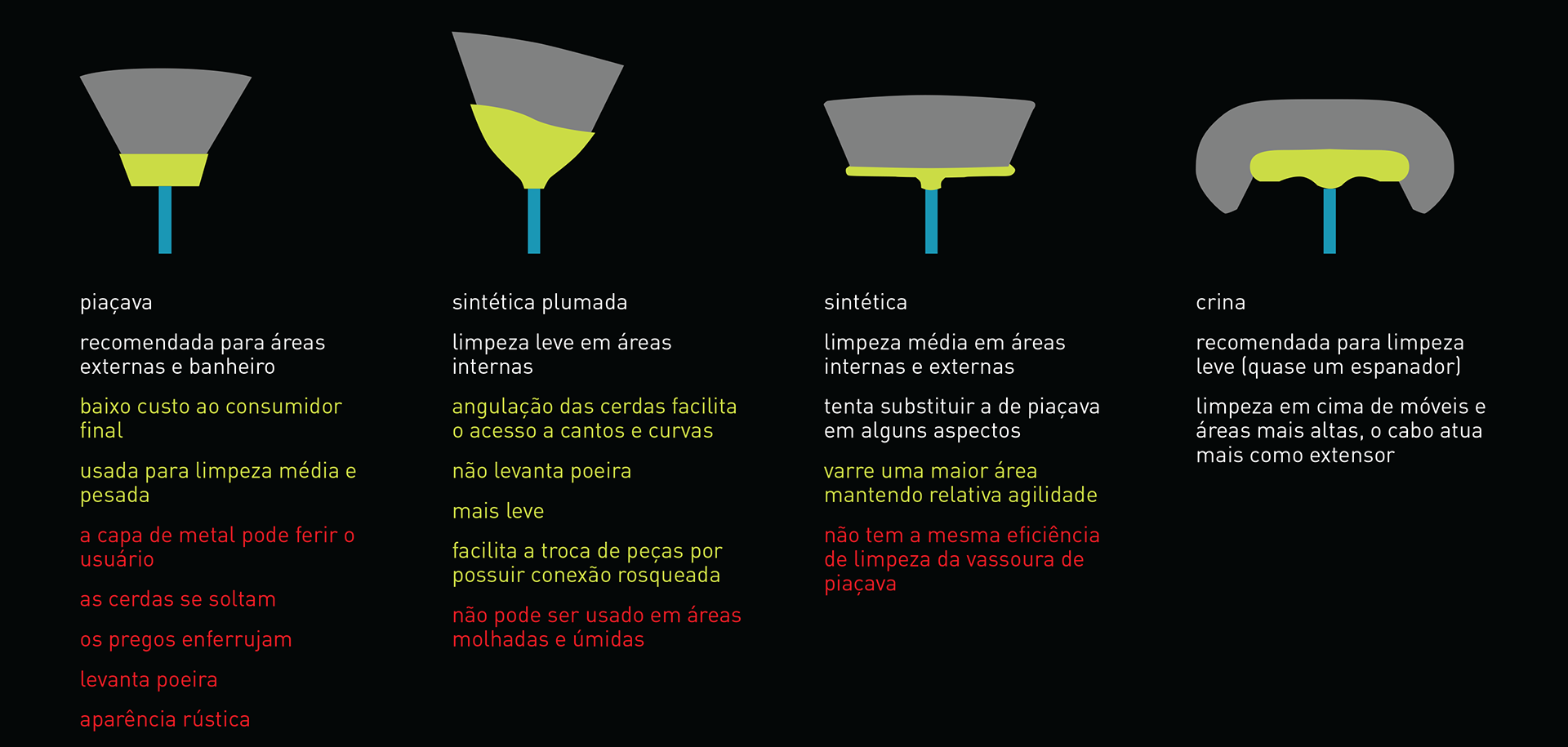
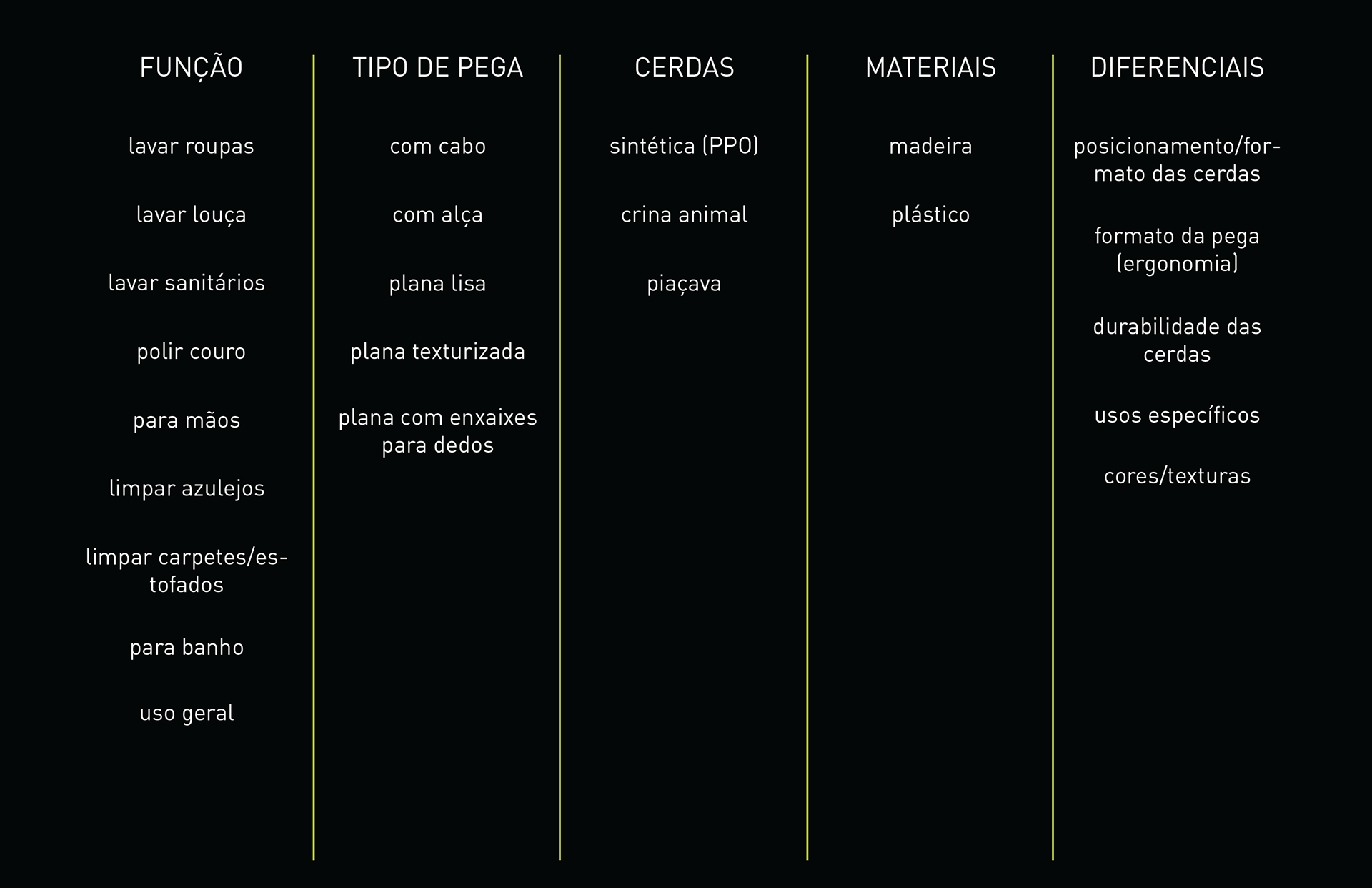
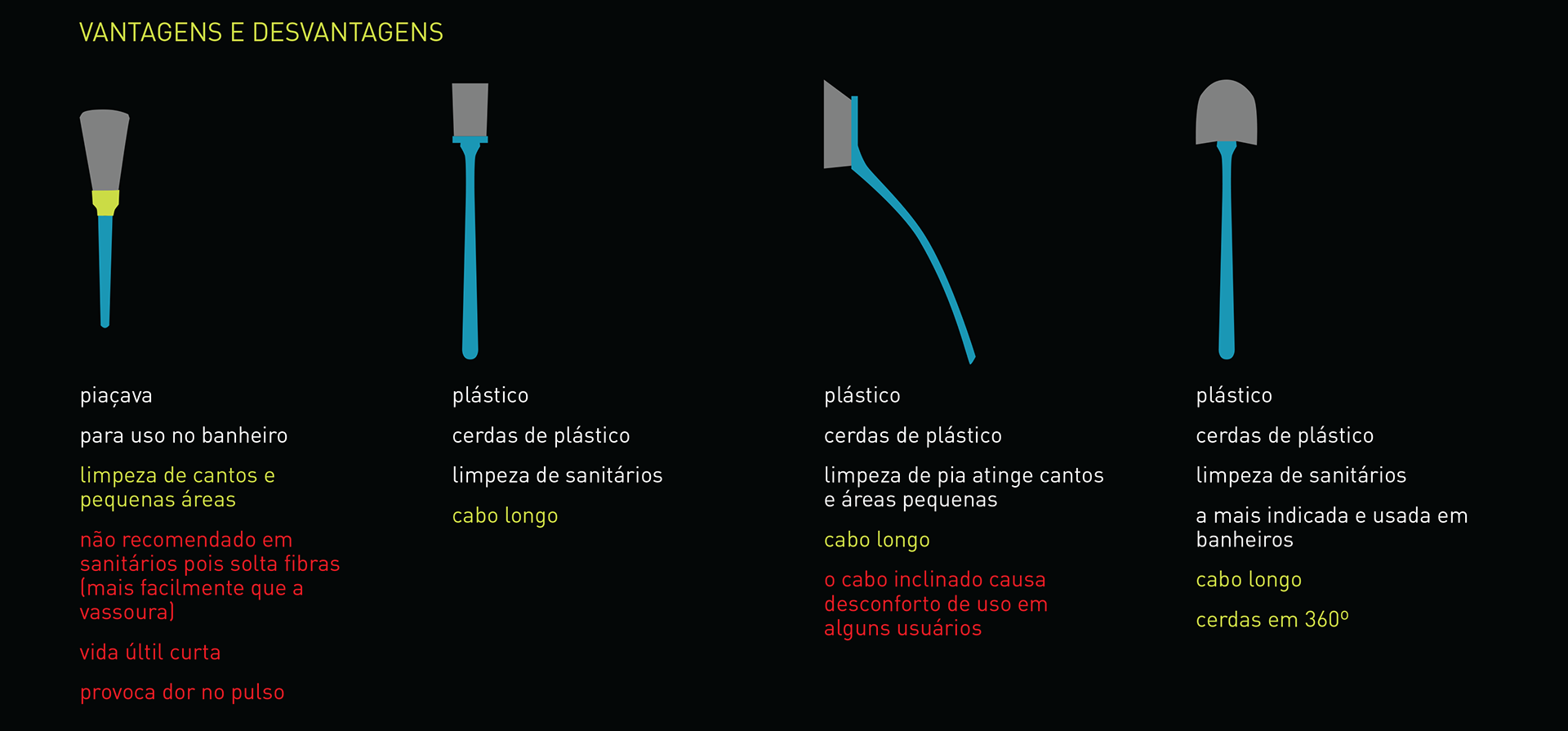
Learnings and Key findings
The community and the production
More than brooms Cooprap also produces and sell artwork made out of Piaçava seeds and fibres.
They wished
User research + Market insights
The users are mostly of the feminine gender (mostly between 30 and 50 years old) from all social segments (although cleaning professional and stay home parents constitute a bigger portion).
Cleaning professionals influence and sometimes make the final decision about the working materials.
The buying is made through convenience and "quality test" (most people check for lightness, and bristle's firmness). Brand loyalty is not a given in this market, most brands try to appeal through the broom's looks and colours.
Different types of brooms are necessary in the house for different kinds of floors. (unlike in Europe, the use of vacuum cleaners are not so widespread in Brazil)
Piaçava broomsticks are a very low investment alternative to generate income, not only big manufacturers but also backyard producers also are competitors.
Product
Piacava broom sticks are mainly used for heavy duty cleaning in internal and external areas. They might however scratch wooden floors. However they allow the cleaning of corners and little gaps in the floor.
Synthetic broomsticks are lighter, but easily loose bristles and deforms (loosing their functionality).
There are mainly two technologies to product the broomsticks for different uses (internal vs. external areas).
Metal parts get quickly rusty and break.
Development Insights
The metal parts are the main source of problems in the product – rust, cuttings. (plastic variants of Piaçava brooms also use nails).
There are 4 main technologies to make brooms, (a) fully synthetic, (b) Piaçava with metal casing, (c) Piaçava with plastic casing, and (d) fibre implanted on wooden block. This last one has the metal fixtures hidden.
The cooperative's art work has already acceptance on more expensive markets.
Development Strategy
(1) How might we explore the potential of the technology with less environmental impact and more user benefit in order to generate value in other product variants?
(2) How might we design new recycled plastic without using metal parts?
(3) How might we apply their arts and craft work in order to generate value and reach more expensive markets in the broomstick's market?
(4) How might we create an stronger eco-social message for their brand?
Product development
Ecological / Social / Practical / Decorative
Our hypotheses were presented to the cooperative. In constant exchange we aligned goals also with the investor to define the final scope. By having everyone on board from the beginning, we arrived to the final strategy and could move on into development.
We prototyped every hypothesis from the beginning validating and / or excluding assumptions. Furthermore, by constructing the brooms ourself we could not only develop more empathy for their craft, developing even greater appreciation for their work.
We created a differentiated product line called Xica, named after an historical figure, Chica da Silva, known as "the slave who became queen." Which got immediate acceptance by the community. The brand was written differently for brand strategic reasons.

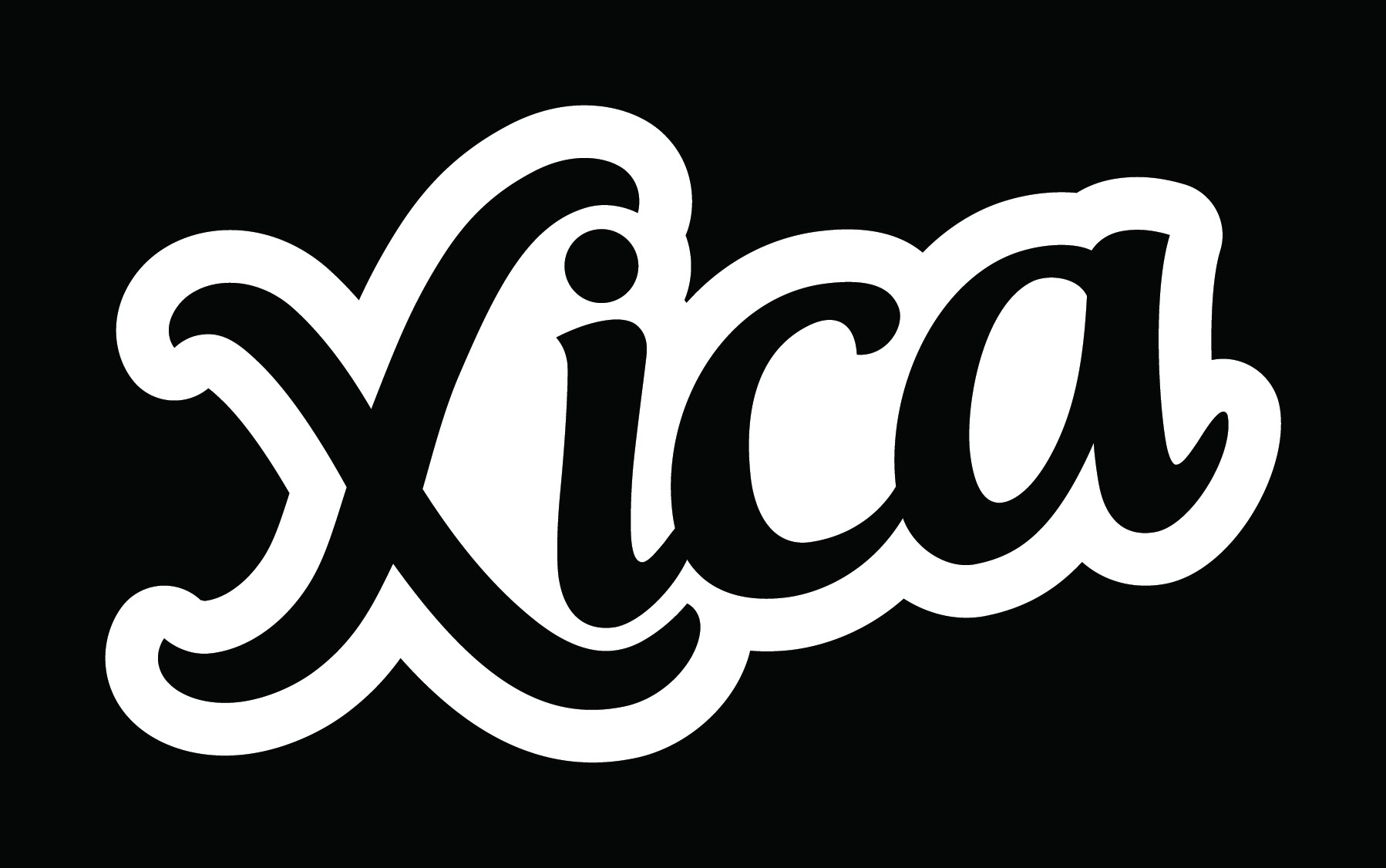


We also suggested the application of their art work in order to elevate the broomstick. This one was the chosen one.
(Initially, this one was thought to be the Xica broomstick. They like so much the concept that we transferred the name to the main product line.









